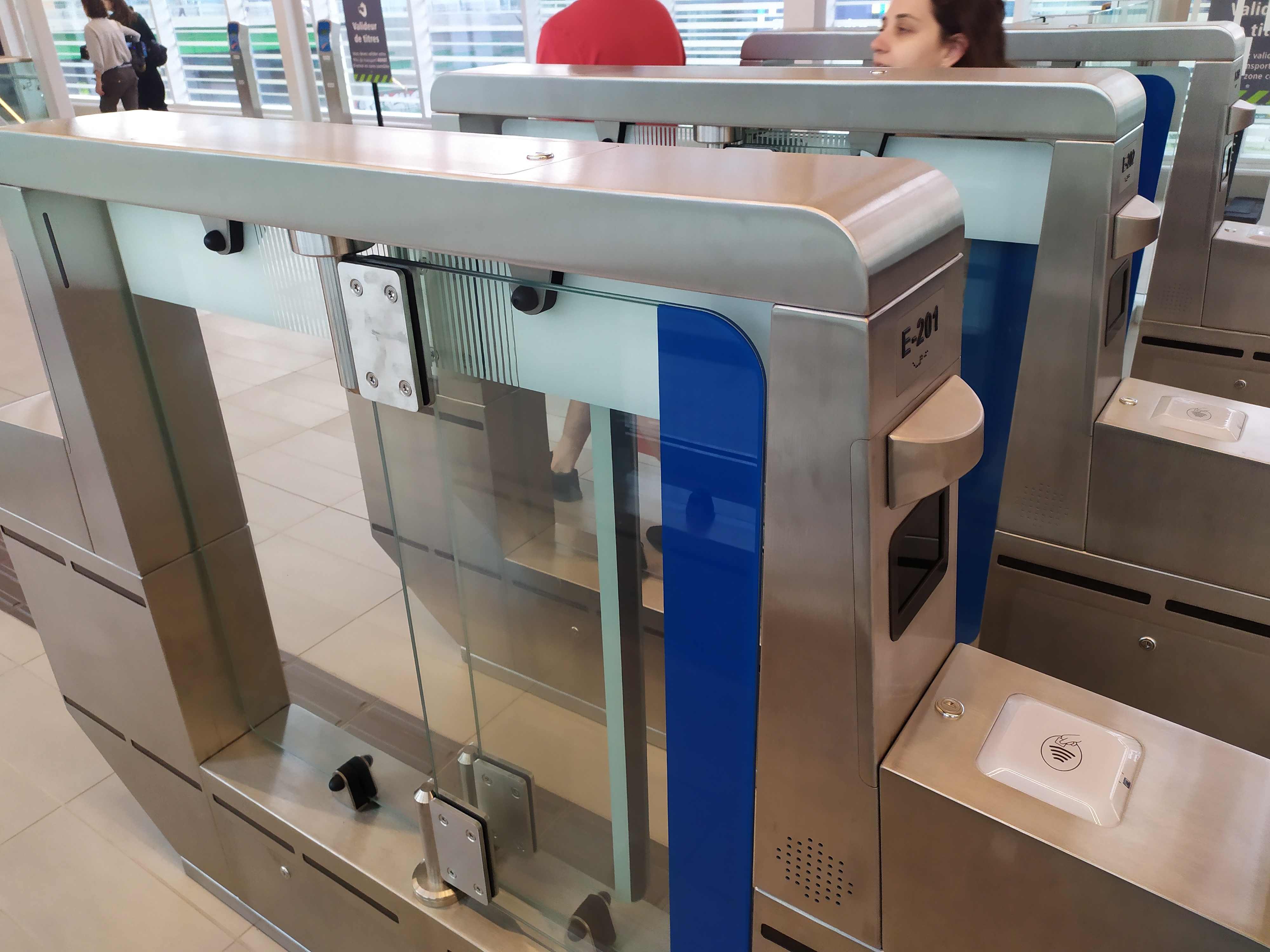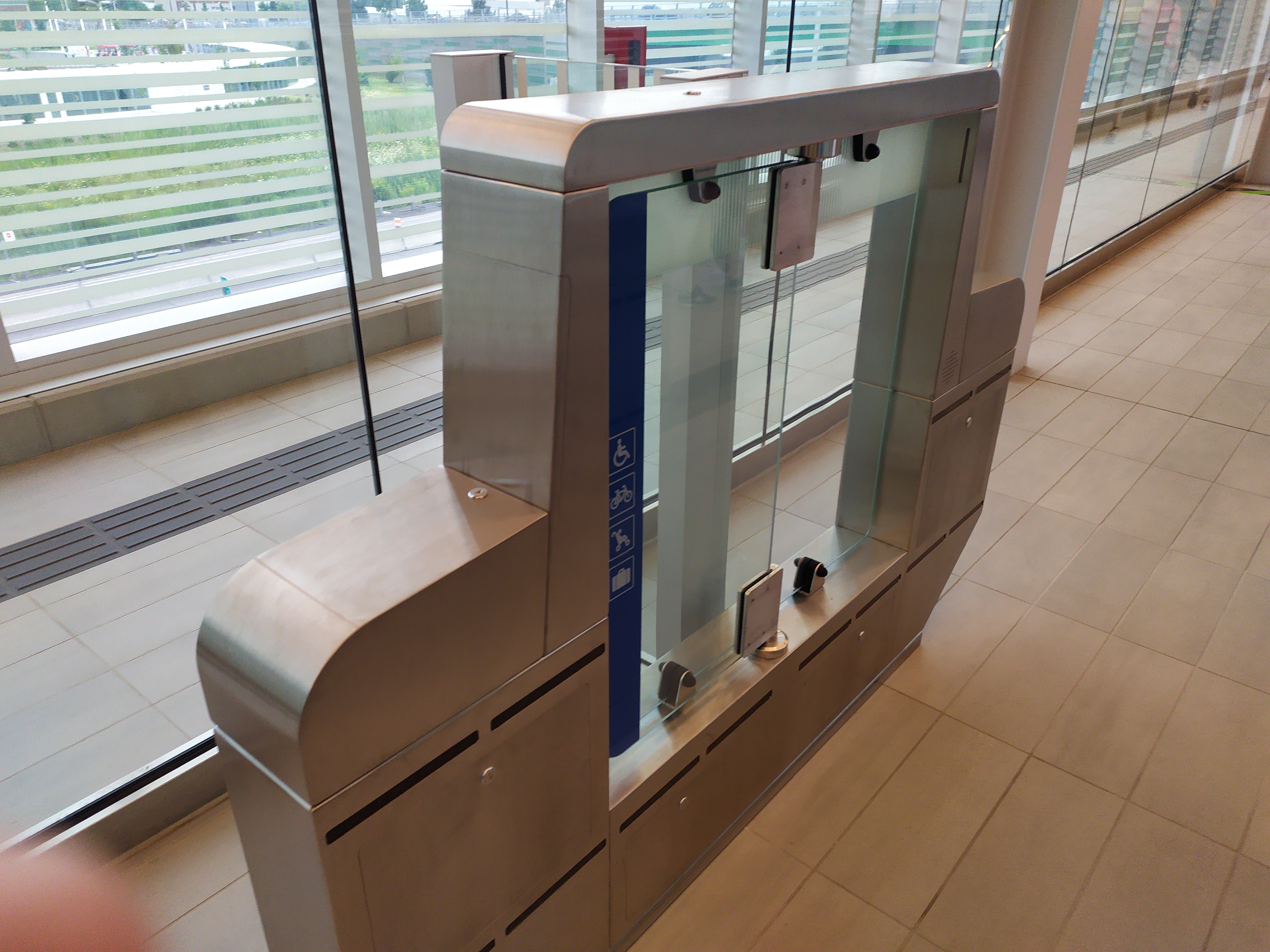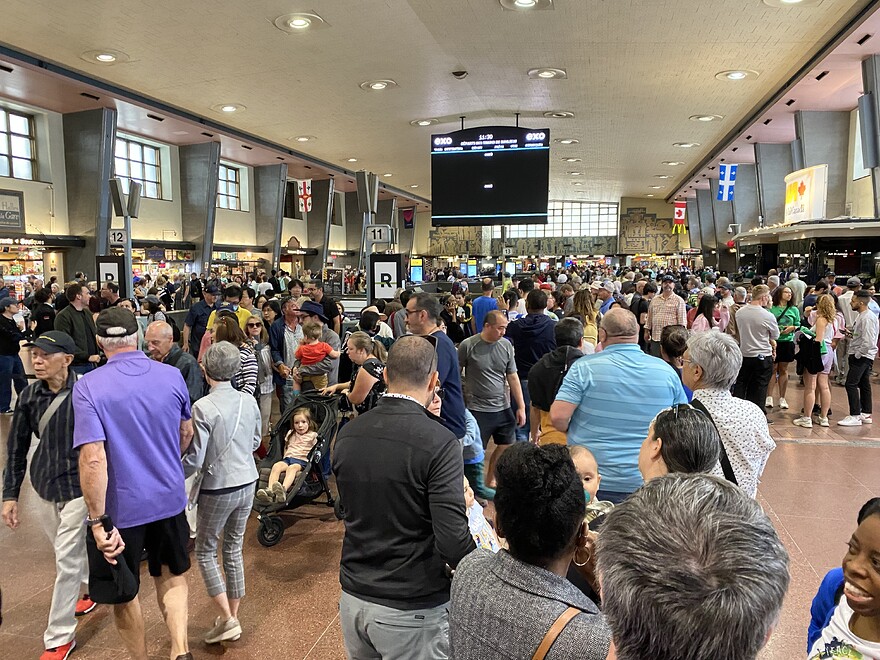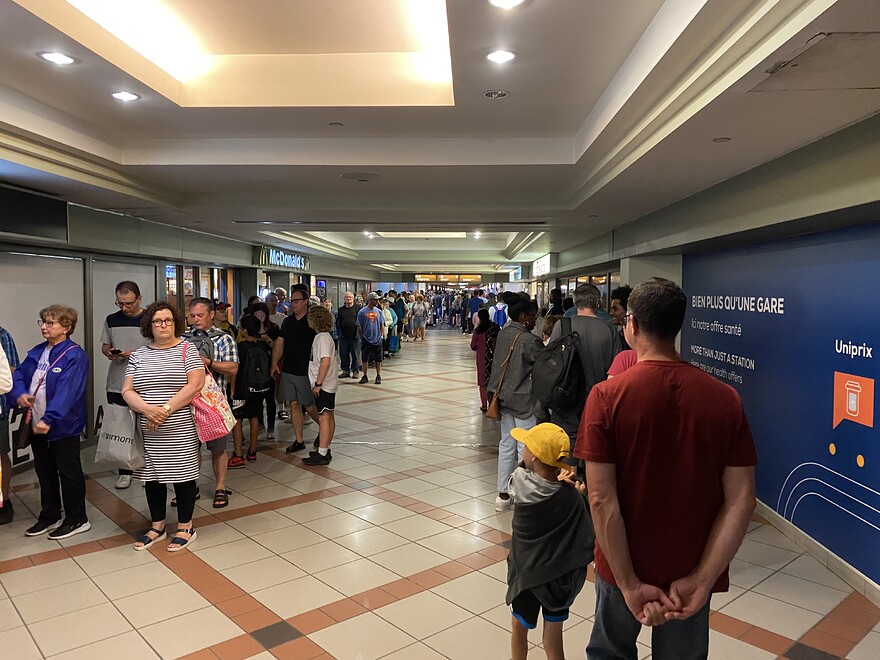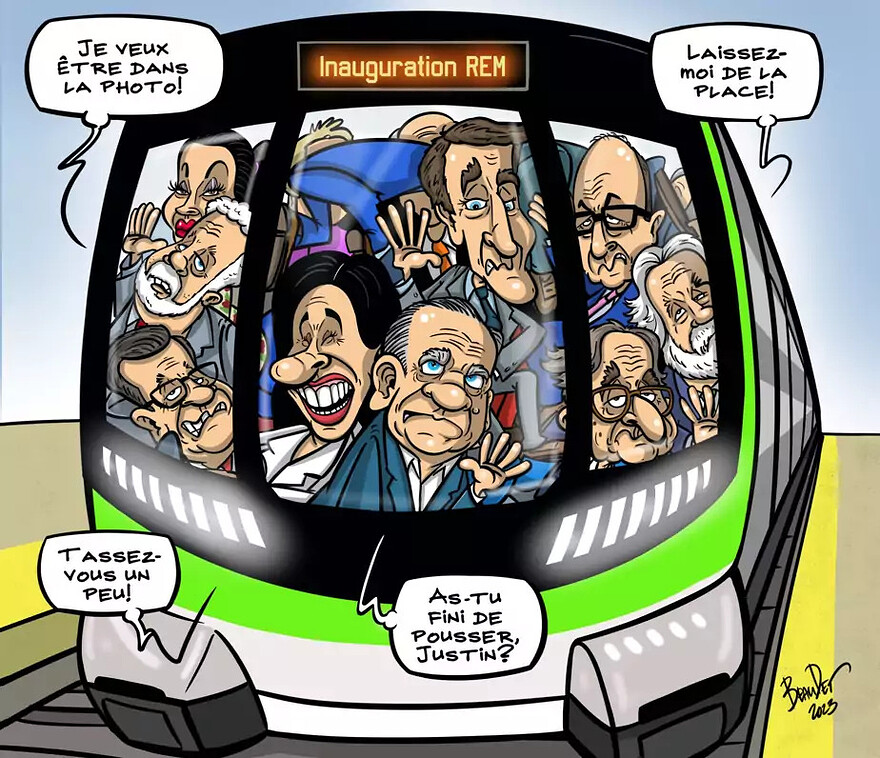uh... no
Don't get me wrong, the REM is an INCREDIBLE project, and its amazing that Montreal has a new line to be proud of. That being said, I can't stress the fact its only great by the standards of the low bar that North America has set for itself. When we actually consider its impacts to the regional network as a whole, it can't be overstated just how damaging the closure of the DM line, and how assuming ideal outcomes, its a downgrade over the previous mode. If Montreal was a city in any european or east asian country, Montreal would've gotten some RER-like treatment, with significant double tracking work, improved stations with level boarding, and improvements and electrification work to SJ and Mascouche Line trains (plus improved signalling for tighter headways in the tunnel). And, it would've left the Mont Royal Tunnel open so that VIA HFR could through run through Gare Centrale, rather than having to back out, or serve some station in the outskirts of the city like Canora (which is what will likely happen now). What the REM represents is a moderate attempt at making a more budgeted regional railway network by reusing as much existing infrastructure and corridors as possible to make a perfectly great service assuming an isolated context.
In fact, let's compare the two projects shall we, with the details we have today, shall we?
Frequency: The Montreal REM can run at a maximum frequency of every 90s. However outside of the core section, much of the system isn't going to look like this; the system will have many different branches, and those branches will have reduced headways. Off peak, the Brossard branch is planned to have 5-7.5m headways, the DM branch will also have 7.5m headways, and the airport and west island branches will have 15m headways. Granted, outside of the airport branch which is constrained by the single track tunnel, the limit could be expanded to a max headways of 3.33 between the DM and and West Island branches (assuming the airport gets 4tph), with brossard getting a full 90s headways, however it might be a while before they get that many trains, and even then running so many trains that close together could be a massive operational headache.
Meanwhile with GO: DB want to implement ETCS Level 2 on the entire network (at least the parts owned by GO), which means on the core electrified sections we can see up to 5m headways PER LINE. What we also know is that this is part of DB's strategy of better utilizing the fleet, run much shorter consists at much higher headways in order to generate more demand (due to higher frequencies) and allow for higher acceleration from the electric locos due to the smaller trains. So frequency wise, whilst the REM is better, its only barely better.
Next, Speed. I'm sorry but outside of maybe core sections with a ton of stops, the REM isn't beating GO in terms of speed. The only real metric that might swing things in the REM's favour is maybe the fact that GO will have longer dwell times at stations, and maybe slower acceleration during the elec loco days, but it won't be a significant difference overall.
Capacity, again this is a complete wipeout. The way GO is designed, long term it can accommodate 12 car bilevel EMUs possibly running at 5 minute headways on all lines (this is before we consider quad track corridors). When compared to the REM, GO can basically be considered to have infinite capacity.
Rider comfort: I'm sorry but longitudinal seating with hard plastic seats isn't going to beat what GO has, not to mention GO having things like onboard washrooms.
Stations: This is the one area where REM has the distinct advantage, with all of the stations being fully enclosed and weather protected, especially with Platform Screen Doors.
Here's the thing: The Light Metro technology that the REM is using is great at granting flexible trains that can take tighter curves and allow for more flexible operations, such as running on concrete viaducts, nimbly moving off of highway ROWs, and building smaller and cheaper tunnels. This makes sense for the REM because its not just a rebuild of the DM line, its also 3 brand new lines running on their own ROW that could not be replicated by mainline heavy rail without a lot of fudging. This doesn't apply when we're just talking about upgrading existing rail lines. By all means, converting GO RER to a massive REM network is something that will result in a lot more money being spent, for something that will in almost every case be inferior.





